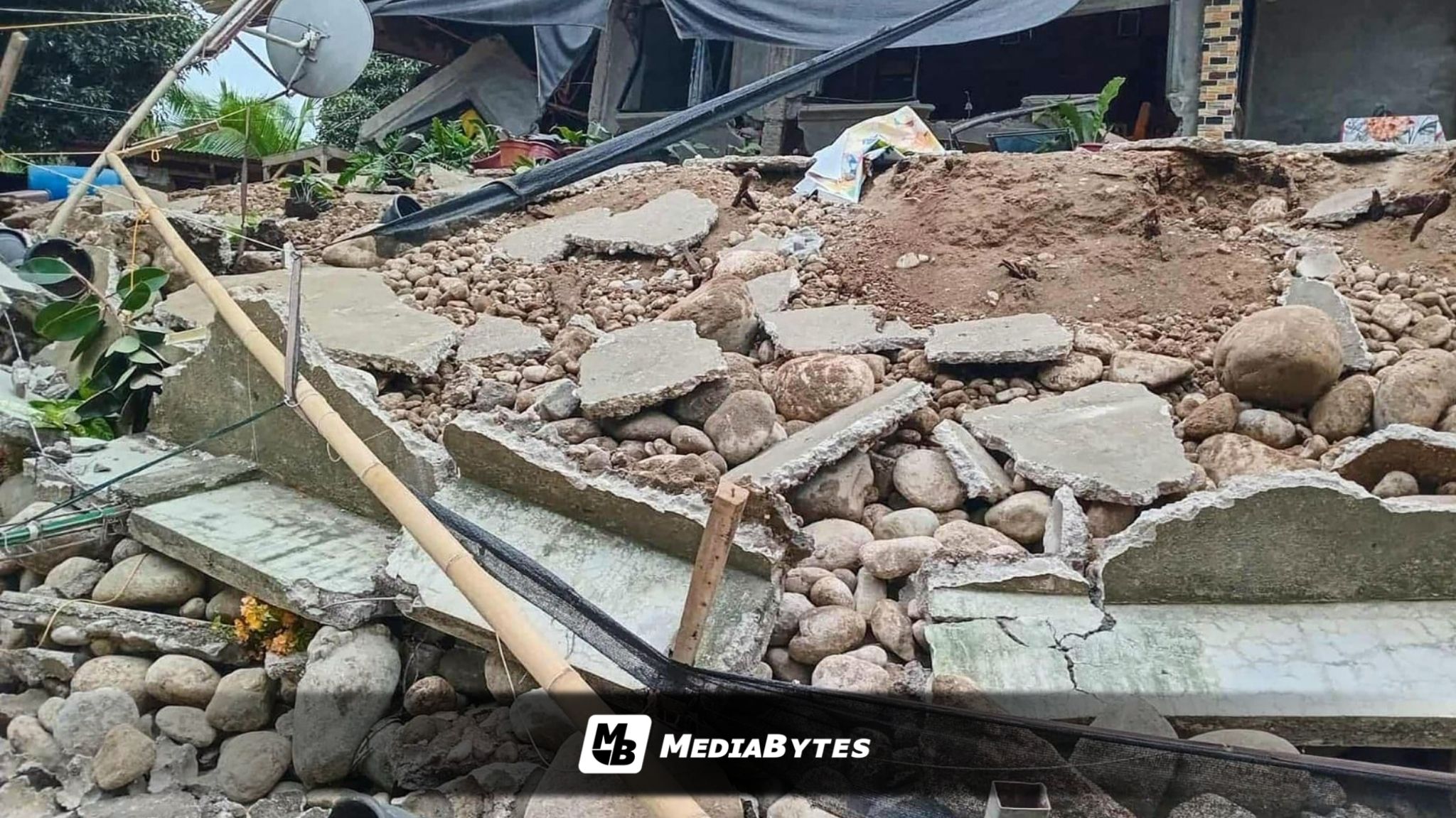The Philippine Institute of Volcanology and Seismology (PHIVOLCS) clarified that the magnitude 7.4 earthquake that struck off the coast of Manay, Davao Oriental, on Friday morning, October 10, was caused by movement along the Philippine Trench.
“We have trenches around the Philippines. We have six active trenches…The Philippine Trench is the one that produced this one,” said PHIVOLCS Director Dr. Teresito Bacolcol in a press briefing on Friday.
The agency also noted that several powerful earthquakes have previously originated near the same area, including:
- 1924 – Magnitude 8.3
- 1952 – Magnitude 7.6
- 1921 – Magnitude 7.5
- 1929 – Magnitude 7.2
- 1992 – Magnitude 7.1 (near the same location as Friday’s quake)
Dr. Bacolcol further explained the difference between a trench and a fault—both of which are potential sources of earthquakes.
“Yung fault natin is a fracture or break sa crust that would, nagdi-displace ng ating mga bato,” he said.
He added, “Yung trench naman, yung seafloor natin, gumigitgit pailalim… As a result, nagkakaroon ng friction. And once the friction is released, yun yung nagkakaroon ng paglindol.”
According to Bacolcol, trenches are capable of generating stronger earthquakes, often exceeding magnitude 8, while the strength of quakes produced by faults depends largely on their length.
“Trenches generally are capable of generating great earthquakes. When we say great earthquakes, these are earthquakes greater than [magnitude] 8,” he explained.
“Yung mga fault naman natin, yung magnitude na puwede niyang i-generate would be based on its length. So the longer the fault, the higher the magnitude it would be able to generate,” he added.
The earthquake claimed one life, and PHIVOLCS issued a tsunami alert for seven areas before lifting it at around 1:43 p.m.
The tremor struck as the country continues to recover from the magnitude 6.9 earthquake that hit Bogo City, Cebu, on September 30, 2025, which left 74 people dead and 559 others injured, according to the National Disaster Risk Reduction and Management Council (NDRRMC).



